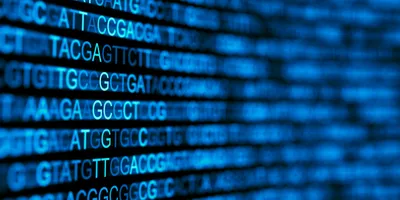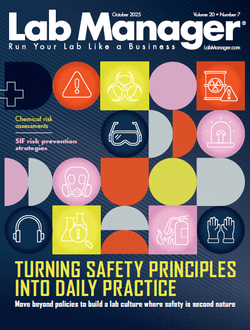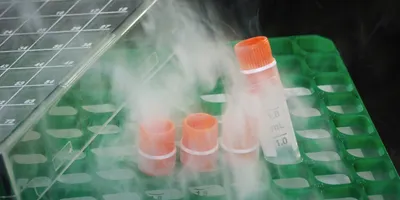A new joint study published in PNAS from Tel Aviv University and the Hebrew University of Jerusalem verifies Biblical accounts of military campaigns against the ancient kingdoms of Israel and Judah, including those carried out by the Egyptians, Arameans, Assyrians, and Babylonians. These findings are the result of archaeomagnetic investigation of ancient towns razed by fire during military conquests.
When magnetic materials are heated or burned, they record the orientation and intensity of Earth’s magnetic field at the time of the burning. With this knowledge, the research team of the new study analyzed archaeological findings over the past few decades across 17 sites to track how the magnetic field changed over time. As a result, the team was able to recreate the magnetic field as it was in 21 different destruction layers. By comparing archaeological magnetic recordings from these layers to claims made in the Old Testament, the researchers could confirm if certain military actions took place in the timeline that the narratives indicate. “Based on the similarity or difference in intensity and direction of the magnetic field, we can either corroborate or disprove hypotheses claiming that specific sites were burned during the same military campaign,” said lead author Yoav Vaknin, according to a press release provided by Tel Aviv University.
Vaknin and his team also created a “variation curve of [magnetic] field intensity over time” that can serve as a reference tool to date archaeological findings in the future, much like radiocarbon dating. Oded Lipschits, PhD, one of the study supervisors, said, “The new dating tool is unique because it is based on geomagnetic data from sites whose exact destruction dates are known from historical sources. By combining precise historical information with advanced, comprehensive archaeological research, we were able to base the magnetic method on reliably anchored chronology.”
Ron Shaar, PhD, who led the development of the geomagnetic dating method, explained that it is possible due to the dynamic nature of the geomagnetic field. The field is generated by currents of liquid iron 2,900 km deep into the earth. As the iron moves, the field shifts with it. This produces sharp and sudden changes in the magnetic field’s orientation. “Our location here in Israel is uniquely conductive to archaeomagnetic research,” Shaar said, “due to an abundance of well-dated archaeological findings. Over the past decade we have reconstructed magnetic fields recorded by hundreds of archaeological items. By combining this dataset with the data from Yoav’s investigation of historical destruction layers, we were able to form a continuous variation curve showing rapid, sharp changes in the geomagnetic field.” The geomagnetic dating method will be fully explained in an upcoming paper detailing its development.












